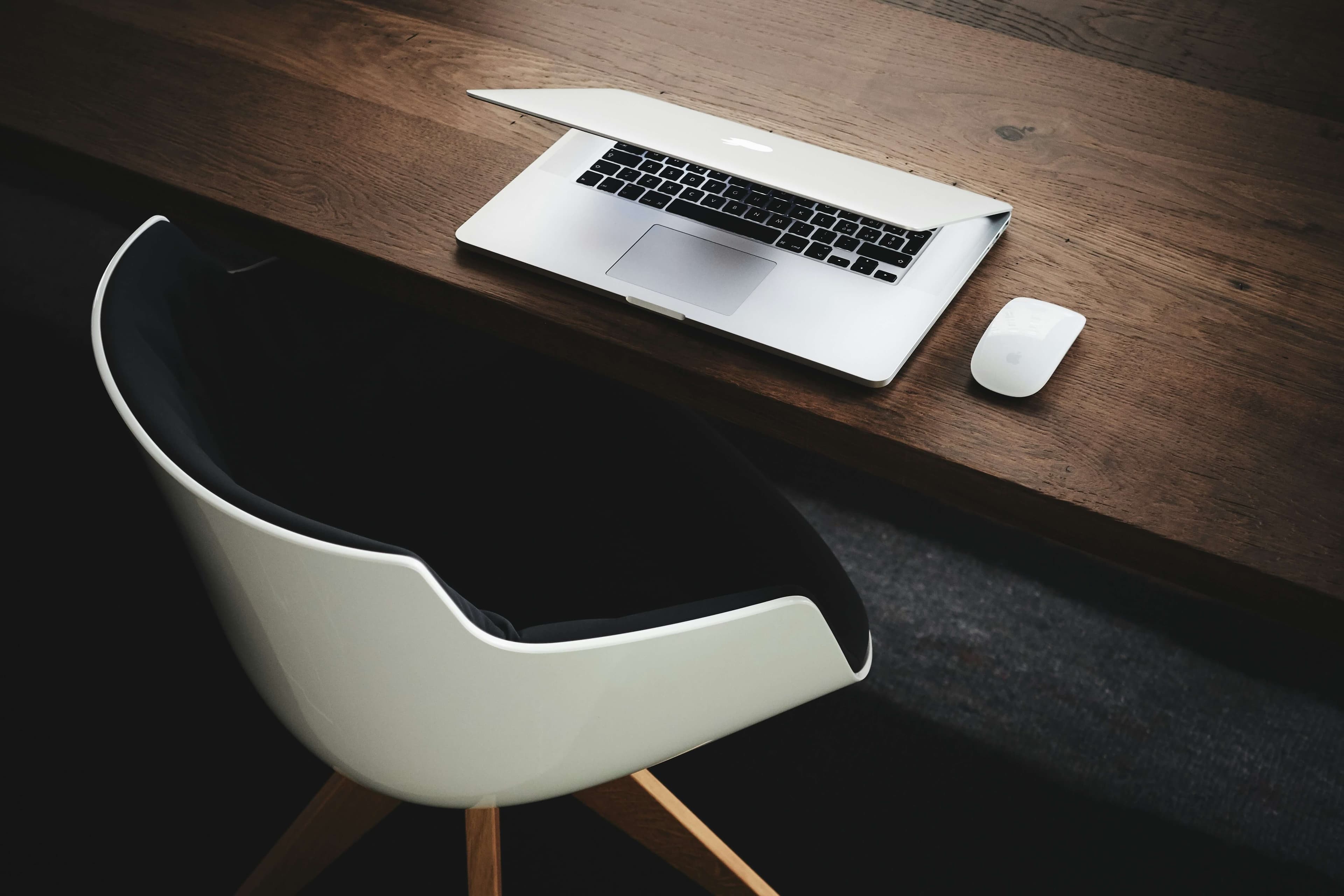
Cloud file access auditing monitors who accessed files in cloud storage (like documents or media), when, and what actions were performed (view, edit, download, delete). It relies on detailed activity logs automatically generated by the cloud provider (e.g., AWS S3 Access Logs, Azure Storage Analytics). This differs from local server auditing as the cloud platform manages the logging infrastructure, requiring you to configure collection and analysis. It provides visibility into data usage without managing physical servers.
In practice, organizations use these audits to meet compliance requirements. For example, a healthcare provider might audit access to sensitive patient records stored in cloud buckets to demonstrate HIPAA compliance. Similarly, a financial institution might use logs from Microsoft 365 SharePoint Online to investigate a suspected data leak, identifying which employee accessed or downloaded confidential financial reports. Native cloud tools (like AWS CloudTrail, Azure Monitor logs) or third-party SIEM solutions are typically used for collection and analysis.

Key advantages include enhanced security incident investigation, demonstration of regulatory compliance (like GDPR or HIPAA), and deterrence against misuse. Limitations can include cost for extensive log storage/processing, complexity in filtering relevant events from vast logs, and potential lack of user context in native logs. As cloud adoption grows, expect tighter integration between access auditing and automated threat detection using AI. Regular log reviews are crucial for effective security.
Can I audit cloud file access activity?
Cloud file access auditing monitors who accessed files in cloud storage (like documents or media), when, and what actions were performed (view, edit, download, delete). It relies on detailed activity logs automatically generated by the cloud provider (e.g., AWS S3 Access Logs, Azure Storage Analytics). This differs from local server auditing as the cloud platform manages the logging infrastructure, requiring you to configure collection and analysis. It provides visibility into data usage without managing physical servers.
In practice, organizations use these audits to meet compliance requirements. For example, a healthcare provider might audit access to sensitive patient records stored in cloud buckets to demonstrate HIPAA compliance. Similarly, a financial institution might use logs from Microsoft 365 SharePoint Online to investigate a suspected data leak, identifying which employee accessed or downloaded confidential financial reports. Native cloud tools (like AWS CloudTrail, Azure Monitor logs) or third-party SIEM solutions are typically used for collection and analysis.

Key advantages include enhanced security incident investigation, demonstration of regulatory compliance (like GDPR or HIPAA), and deterrence against misuse. Limitations can include cost for extensive log storage/processing, complexity in filtering relevant events from vast logs, and potential lack of user context in native logs. As cloud adoption grows, expect tighter integration between access auditing and automated threat detection using AI. Regular log reviews are crucial for effective security.
Quick Article Links
How do I classify confidential folders?
Classifying confidential folders involves systematically categorizing files and directories based on the sensitivity and...
What’s the best folder structure for managing personal vs. work documents?
What’s the best folder structure for managing personal vs. work documents? A clear separation between personal and wor...
How can I open a PowerPoint file on my phone?
Opening a PowerPoint file on your phone means accessing and viewing or editing a presentation file (like .PPTX or .PPT f...